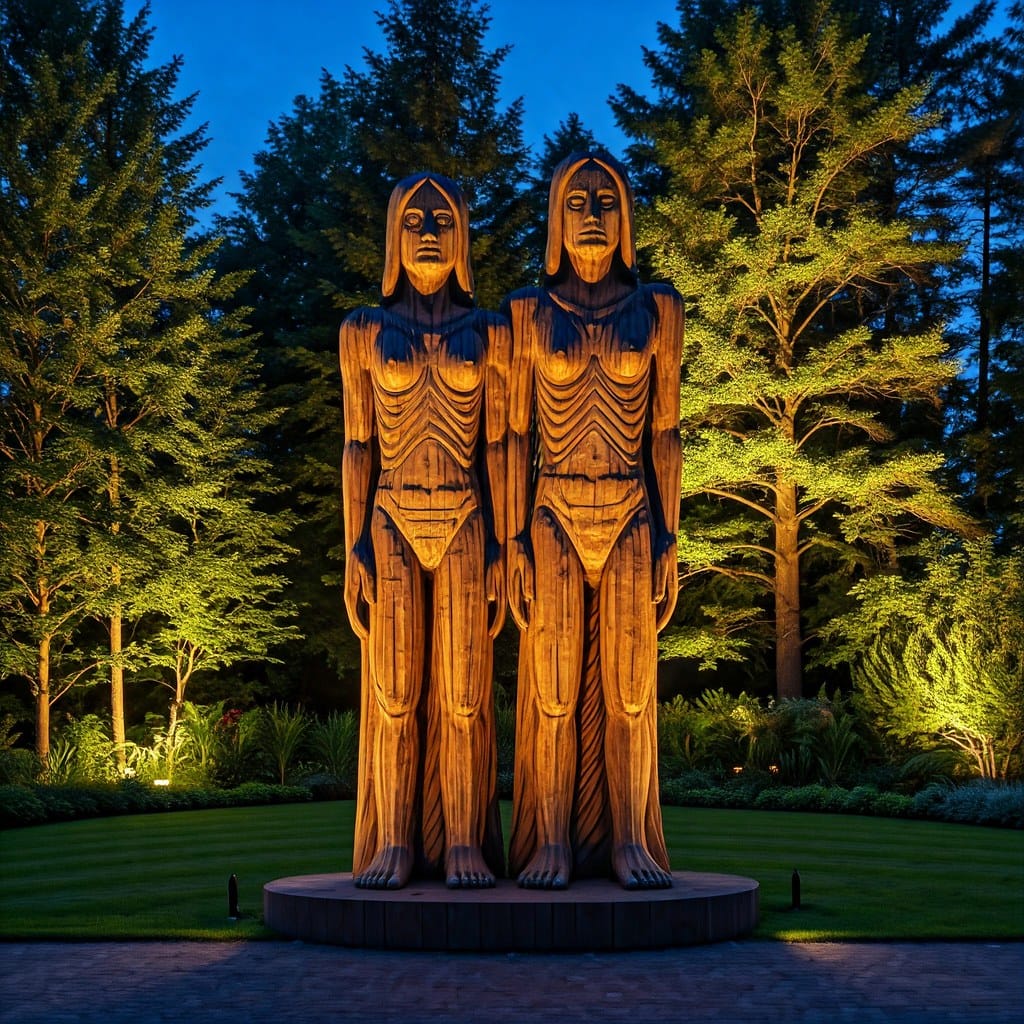Google Secretly Harvests YouTube Videos to Power Its AI Video Generator
Google has been quietly using YouTube videos to train its latest artificial intelligence video generator, Veo, raising significant questions about data usage, creator consent, and the future of AI development in the digital age.
The Hidden Training Ground
According to recent reports, Google has been leveraging its vast YouTube platform as a training dataset for Veo, its cutting-edge AI video generation tool. This revelation comes at a time when tech giants are increasingly scrutinized for their data collection practices and the methods used to develop powerful AI systems.
YouTube, which hosts over 2 billion logged-in monthly users and sees more than 500 hours of video uploaded every minute, represents an unprecedented repository of visual content. From cooking tutorials to music videos, educational content to entertainment clips, the platform contains virtually every type of video content imaginable – making it an ideal training ground for AI systems designed to understand and generate video content.
The Mechanics Behind Veo's Training
Veo, Google's response to competitors like OpenAI's Sora and Runway's Gen-3, is designed to create high-quality video content from text prompts. To achieve this capability, the AI system requires massive amounts of video data to learn patterns, movements, lighting, and the complex relationships between objects in motion.
The training process involves feeding millions of YouTube videos into machine learning algorithms that analyze frame-by-frame content, identifying patterns in how objects move, how lighting changes, and how scenes transition. This data becomes the foundation upon which Veo generates new video content that appears remarkably realistic and coherent.
Google's access to YouTube's extensive library provides a significant competitive advantage over other AI companies that must either purchase training data or rely on smaller, publicly available datasets.
Creator Concerns and Consent Issues
The use of YouTube videos for AI training has sparked controversy among content creators who never explicitly consented to their work being used for this purpose. Many YouTubers invest considerable time, effort, and resources into creating original content, and the prospect of their work being used to train AI systems that could potentially compete with human creators has raised ethical concerns.
"I spend hours crafting each video, and knowing that my content is being used to train an AI that might replace creators like me feels like a betrayal," said Sarah Chen, a YouTube creator with over 100,000 subscribers who focuses on educational content.
The situation is complicated by YouTube's terms of service, which grant the platform broad rights to use uploaded content. However, these terms were written before AI training became a primary concern, leading to questions about whether current agreements adequately address this new use case.
Industry-Wide Implications
Google's approach reflects a broader trend in the AI industry, where companies with access to large datasets gain significant advantages in developing more sophisticated AI systems. This has created a new form of "data monopoly," where tech giants with existing platforms can leverage user-generated content to advance their AI capabilities.
The practice has already attracted regulatory attention. The European Union's AI Act includes provisions about data used for AI training, while several U.S. states are considering legislation that would require explicit consent for using personal data in AI development.
Other major tech companies face similar scrutiny. Meta has used Instagram and Facebook content for AI training, while X (formerly Twitter) has monetized its data for AI companies. The difference with Google's approach is the scale and the specific nature of video content, which is particularly valuable for training generative AI systems.
The Competitive Landscape
The revelation about YouTube's role in training Veo highlights the intense competition in the AI video generation market. Companies like Runway AI, Stability AI, and Pika Labs are racing to develop the most capable video generation tools, with potential applications in entertainment, advertising, education, and social media.
Google's access to YouTube's content library represents a significant moat in this competitive landscape, potentially allowing Veo to achieve superior results compared to competitors with limited training data access.
Looking Forward
As AI video generation technology continues to advance, the industry faces critical decisions about data usage, creator compensation, and ethical AI development. The YouTube training controversy may prompt new industry standards and regulations that better balance innovation with creator rights and user privacy.
For now, Google's use of YouTube videos for AI training represents both the promise and the perils of the AI revolution – demonstrating how existing platforms can be repurposed for cutting-edge technology while raising fundamental questions about consent, ownership, and the future of digital creativity.
The outcome of this debate will likely shape how AI companies approach data collection and training in the years to come, setting precedents that could define the next phase of artificial intelligence development.
